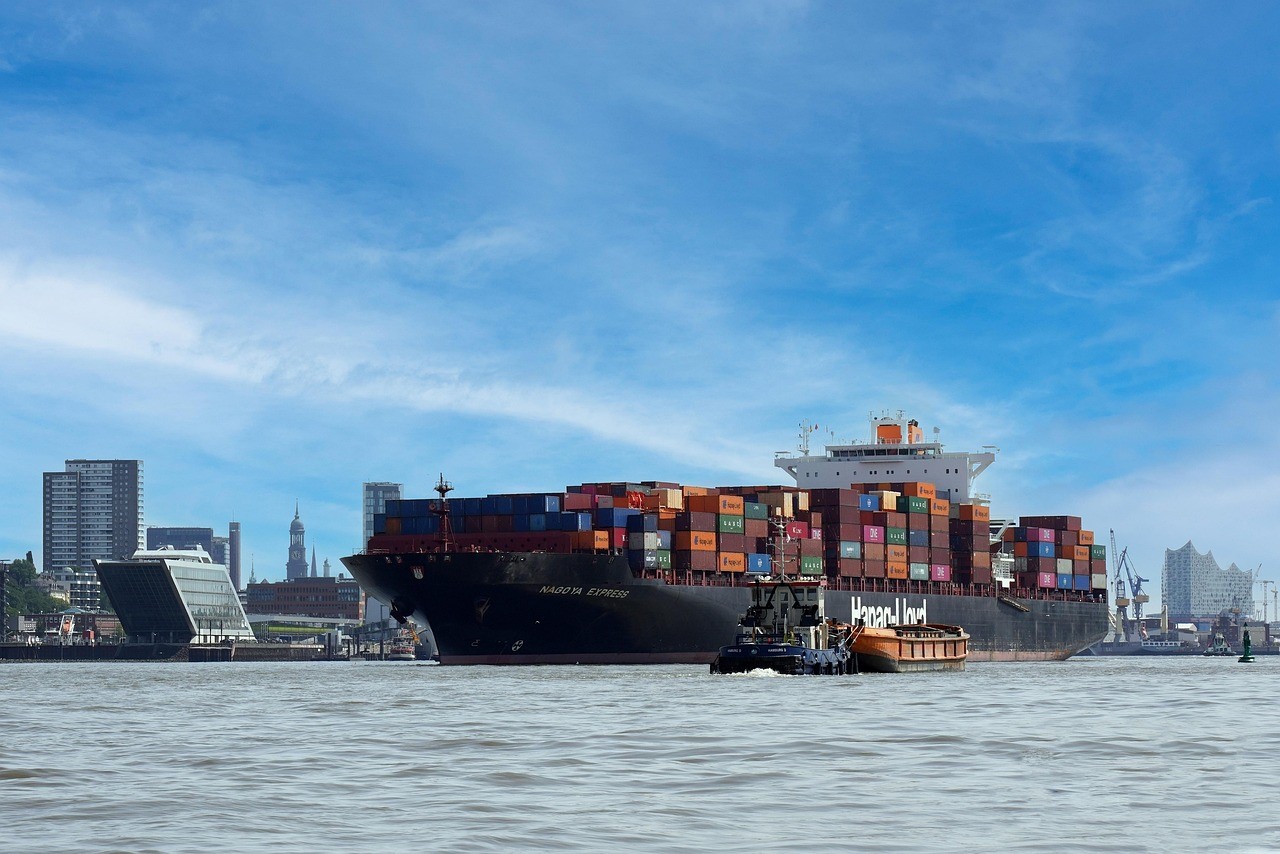
The EU Corporate Sustainability Reporting Directive (CSRD) does not go easy even on seasoned veterans of sustainability reporting. The reform also provides food for thought for companies that have previously reported according to the Non-Financial Reporting Directive (NFRD).
Read more: The EU Corporate Sustainability Reporting Directive, CSRD – Are we ready?
Take on the CSRD reporting piece by piece
Preparing for the CSRD reporting will progress step by step. You could not swallow an elephant in one piece, either. At best, the process will entail a deeper transformation and not just fine-tuning reported data.
The new directive and the European Sustainability Reporting Standard (ESRS) include several requirements, and companies’ abilities to respond to these may vary. For companies that are taking their first steps in the strategic development of corporate responsibility and comprehensive sustainability reporting, preparation will start with building a solid base.
The following tips are suitable for both seasoned veterans and companies at the early stages of sustainability reporting.
This is how you tackle the CSRD
1) Survey your current sustainability reporting
Although the sustainability standards (ESRS) are still in the draft stage, this is a good time to compare the reporting requirements of the new standard to the contents of current sustainability and non-financial information reports. You should survey the current report and assess one point at a time whether the company has data on issues the ESRS requires you to report on. Has an assessment of double materiality been carried out? How does the current reporting method need to be amended, and how does data collection need to be complemented and developed?
Experienced sustainability reporters have typically used some sustainability reporting framework, such as GRI (Global Reporting Initiative), as a template for their report. It should, therefore, come as a relief that GRI, TCFD and SASB principles will provide companies with a solid base as they prepare for data collection in accordance with the new directive. To make companies’ work easier, GRI has compiled information comparing GRI to the future sustainability standard.
Larger companies have already reported according to the EU taxonomy, but the CSRD will make this relevant to other companies, too.
2) Increase the scope of measurement and data collection
The scope of measurement and data collection should then be increased based on the assessment of the current situation.
The draft standard makes it plain to see that more focus will be put on transparency requirements and that the reporting requirements will cover companies’ entire value chains. This means measures such as calculation of Scope 3 emissions in accordance with the GHG protocol and identifying human rights impacts on employees in the value chain, as well as planning measures to prevent adverse effects. Due diligence in accordance with the UN principles regarding companies and human rights is mentioned as a guiding principle in the sustainability standard.
Due to the calculation of carbon footprint and assesment of human rights impacts, an increasing amount of data will be needed from various partners, contractors and raw material suppliers in the value chain. This also highlights the importance of assessment of the quality of data provided by partners and efficient management of data collection. The standard recognises the challenges related to data collection and the varied ability of smaller organisations to provide reliable data. If not all material primary data, that is data regarding partners’ processes, is available, the standard allows the use of assessed or industry average data.
3) Pay attention to data management and improving quality
CSRD reporting enhances increasingly the need to pay attention to the precision and reliability of reported data not only because the report will become part of the board of director’s report but also external assurance will become mandatory. Funders, investors and other external stakeholders also require reliable data. Of course, the company itself will also need such data to support sustainability management and decision-making.
Companies need to have documented processes and policies for the management of ESG data in order to make this data as reliable as financial information. Data management refers to an organisation’s policy, practices and systems for the collection, processing and recording of data in an efficient, reliable and appropriate way.
Once it has been defined what information is needed for sustainability reporting, you should first pay attention to the origin, consistency and reliability of data. Identify what source the data is from and how its quality can be improved, as necessary. Is the data source reliable? Has the measurement method been defined in a consistent manner? Is the point of measurement from the same phase of the process?
Next, you should pay attention to data processing. How is data collected, recorded and consolidated on the level of units and the entire company? How are emission calculations carried out and where do the emission factors come from? Has the data undergone internal validation? Define internal controls: how is the quality of data ensured at various stages before external reporting?
4) Develop the reporting process and systems
Experienced sustainability reporters will already have several years of experience in carrying out reporting, and their processes have been fine-tuned. Nonetheless, preparing for the new directive will require further development of processes and systems in order to elevate the quality of reporting to match that of financial reporting.
More extensive and detailed reporting of information and data collection from the various parties in the value chain increase the complexity of data management to the point where managing data in Excel files will no longer suffice.
The external assurance of sustainability reporting must verify and document factors such as the process of data collection, data processing practices, the path to the data source and the used calculation methods.
One solution is to deploy a tool specialised for such data collection and management, which enables the improvement of the quality of data along with the efficiency of collecting data from a variety of systems by automating some of the work, as well as data consolidation and emissions calculation. Various systems will also make it possible to maintain the path to the data source, which is an audit trail.
Having the processes and systems rest on a solid base will save time, make data collection and reporting more efficient and improve the quality and reliability of data. This allows shifting your focus to development of sustainability and performance assessment.
5) Does annual measurement suffice?
The CSRD and the sustainability reporting standard (ESRS) require reporting sustainability-related objectives and the company’s performance. You might consider whether measuring and monitoring once per year really is enough to ensure that the company’s operations continue moving towards those objectives. Does that provide sufficient information for management to be able to carry out corrective measurements at the right time?
The CSRD regulates the way in which companies must report to external stakeholders regarding their sustainability. In order to see improvements, you will also need internal reporting, as well as management of sustainability development as a natural part of the company’s overall management.
Our most important tip: Get everything out of it!
To finish, our most important tip.
Sustainability professionals should get everything out of the coming directive. Tightening regulation imposes the need to change and develop procedures, so you should consider it as a positive.
The requirements of the directive and the sustainability reporting standard bolster the integration of sustainability as part of companies’ normal business models, strategies and management systems.
It is also intended to meet the information needs of funders and investors, because they are under obligation to report onwards in accordance with the Sustainable Finance Disclosure Regulation (SFDR). In addition, the increased transparency will benefit all stakeholders.
Read more: Measuring sustainability – a solution for decision-makers
Now is a great time to introduce sustainability to the agenda of the executive team and the board of directors – including the incentive schemes. Where before you had to go knocking on the doors of corner offices and financial management, now you can walk right in with the CSRD tucked under your arm.
**
Tofuture’s cloud-based tool allows companies to compile organisation-wide sustainability data in accordance with the CSRD and the sustainability standards, while also automating data collection. The tool enables you to calculate Scope 1, 2 and 3 emissions and consolidate company-wide data. You can increase your confidence in the data and improve its reliability. Tofuture’s tool will make your company ready for external assurance of its sustainability report.
Contact us, and let’s plan together how we can help to bring your company’s sustainability data to the level required by the sustainability reporting directive.


































